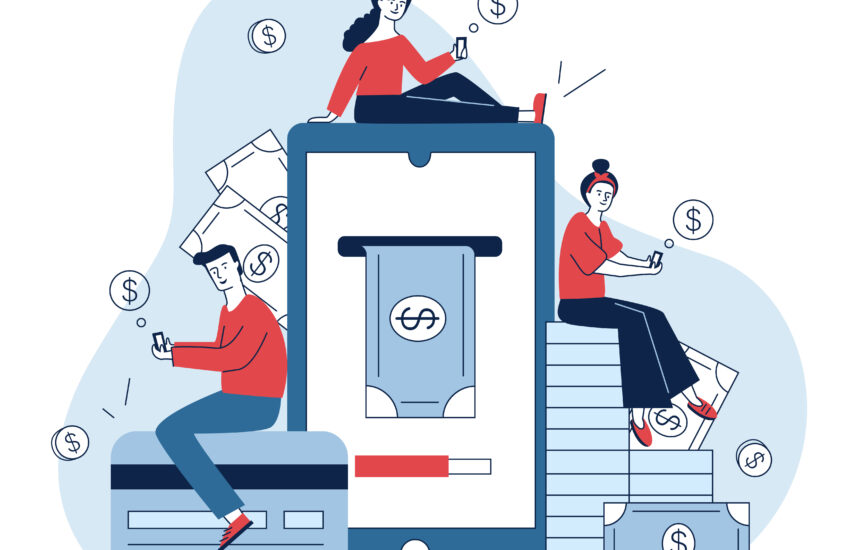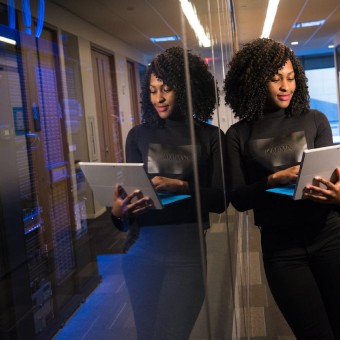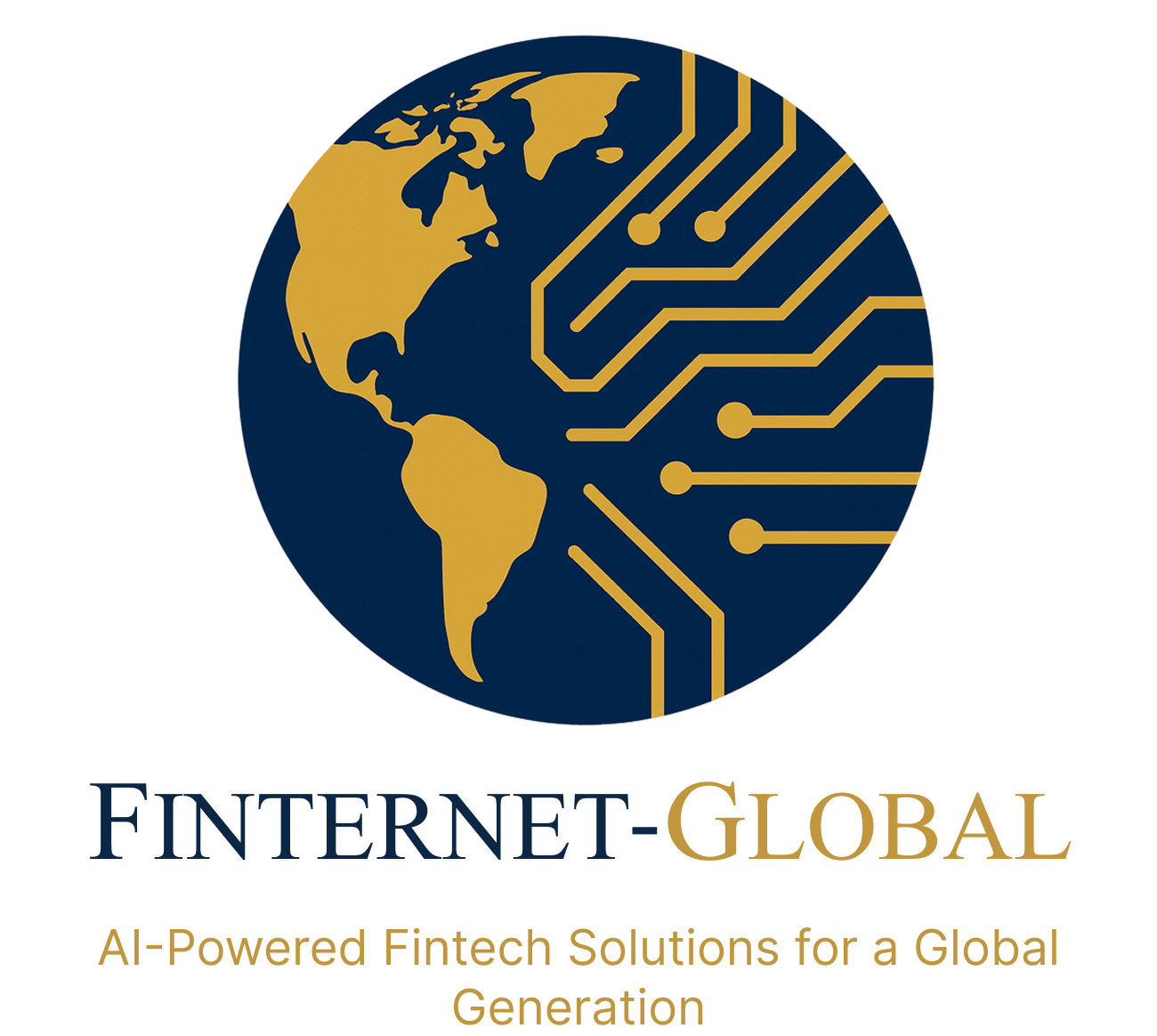These days, mobile banking platforms are altering this fact. Fintech startups are changing the way the unbanked interact with financial services by fusing digital infrastructure with easily available mobile technologies.
The Problem
Communities without banks encounter several obstacles:
Geographic restrictions: There aren’t many traditional bank branches in isolated or rural locations.
Expensive fees and minimum balance requirements deter low-income households.
Absence of documentation: Many people are unable to fulfill the KYC criteria for official banking.
Trust gap: People who grew up using cash are frequently cautious about using digital methods.
Millions were shut out of the financial system for decades as a result of these obstacles.
Mobile banking platforms are the answer.
The cell phone, a tool that practically everyone has access to, presented a chance for fintech innovators. with USSD-based services and mobile banking apps, people can:
Get access to digital wallets without going to a branch.
Send money quickly and affordably.
Purchase things, pay your bills, and even get government assistance.
Get access to savings plans and microloans that are suited to their everyday need.
Through these platforms, obstacles are transformed into opportunities by bringing the bank to the phone.
Africa and Southeast Asia as a Case Example
The success of M-Pesa in Kenya demonstrated that millions of people without a traditional bank account may be empowered by mobile money. It is currently used for everyday transactions in more than 90% of Kenyan households.Small business owners and rural communities in Indonesia and the Philippines are now able to access microfinance, create credit records, and receive payments using their smartphones thanks to mobile-first systems.
These incidents bring to light a potent reality: inclusion happens when banking becomes mobile.
Impact & Outcomes
Financial Empowerment: People without bank accounts are able to make plans for the future and save safely.
Small Business Growth: Working finance is available to farmers, market vendors, and drivers who want to grow their companies.
Women’s Inclusion: Previously shut out of formal banking institutions, women increasingly handle their own money using smartphone apps.
Economic Development: Local economies grow as a result of more financial activity in communities.
Obstacles and Things to Think About
Despite the impressive improvement, there are still a number of obstacles to overcome:
Digital literacy: Consumers must be taught secure mobile banking techniques.
Gaps in connectivity: Reliable internet coverage may be lacking in rural places.
Fraud and security: To protect novice digital users, robust measures are necessary.
Regulatory frameworks: Innovation and consumer protection must be balanced by governments.
Conclusion
One of the best instruments for closing the gap in financial inclusion is turning out to be mobile banking systems. Fintech businesses and traditional banks have the ability to turn unbanked people into engaged members of the digital economy by reaching them where they are on their phones. The message is clear: financial inclusion is a commercial opportunity with significant economic consequence, not only a social objective.






